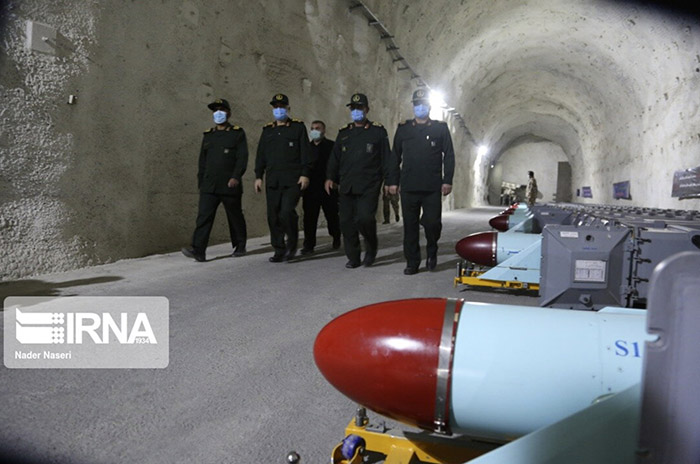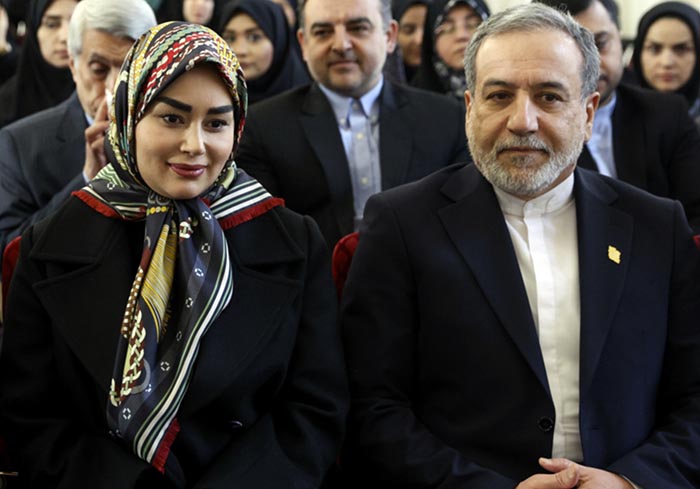Unveiling of IRGC Naval Strategic Missile Base on the Persian Gulf Coast
The Evolution of Iran’s Naval Missile Program
Over recent years, Iran has prioritized the enhancement of its missile arsenal, particularly focusing on anti-ship and land-attack missile systems. Notable advancements include the development of indigenous ballistic and cruise missiles such as the Fateh-313, Zafar, and the Sea Eagle variants, tailored for naval operations. These missiles are capable of striking targets with high precision, even against modern naval defenses.
Iran’s strategic doctrine emphasizes asymmetric warfare, leveraging missile technology to counterbalance superior Western naval forces and regional rivals like Israel, Saudi Arabia, and the United States. By deploying mobile missile launchers along its coastlines, Iran maintains a flexible and resilient missile force capable of rapid deployment and concealment.
Geographic and Strategic Significance
The Strait of Hormuz, a vital chokepoint through which approximately 20% of the world’s oil passes, remains central to Iran’s security calculus. Control over this strategic waterway provides Iran with leverage over global energy markets and regional security. Iran’s missile expansion directly enhances its ability to threaten shipping lanes, enforce strategic deterrence, and project power into the broader Middle East.
Furthermore, Iran’s military developments extend into the Persian Gulf, Gulf of Oman, and the Arabian Sea, positioning it as a formidable actor capable of disrupting maritime traffic and challenging international naval dominance in the region.
June 16, 2025 | 9:49 pm




